Founded in 1625, the Kuba kingdom on the southern edge of the Congolese rainforest was the only central African empire to have survived into the 20th century. Art and design were central to life in the kingdom. In addition to developing an elaborate and varied masquerade tradition, Kuba men and women were prolific textile artists.
The 20 textiles in this exhibition were created for aristocrats and would have been worn or displayed during important ceremonies. The creation of the finest textiles frequently involved the participation of an entire community. Men stripped palm fibre and wove the cloth, while women softened it and added embroidery. Works produced in the 18th and early 19th centuries are defined by repeating patterns and subtle details. As the kingdom grew richer and more powerful in the late 19th and early 20th centuries, the designs became increasingly geometric and abstract so that they could be recognised from a distance and stand out in crowded state gatherings. Their rich colours and intricate designs convey the wealth and power of these high-status individuals, who were sometimes known as Bambala (people of the cloth). Find out more about ‘Kuba: Fabric of an Empire’ from the Baltimore Museum of Art’s website.
Preview the exhibition below | See Apollo’s Picks of the Week here
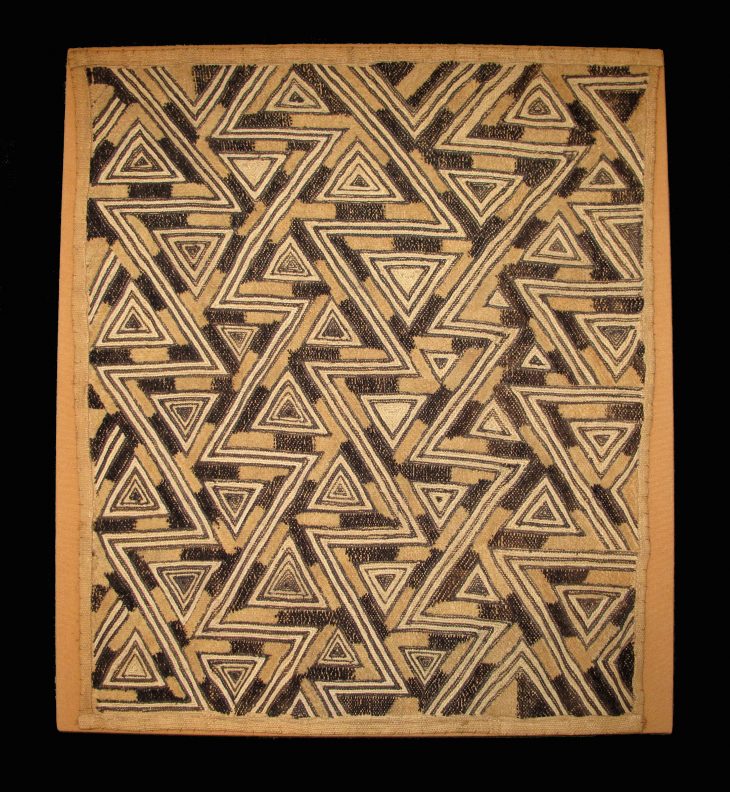
Prestige cloth (1959–60), Kuba, Conga, Kasai Province. Baltimore Museum of Art
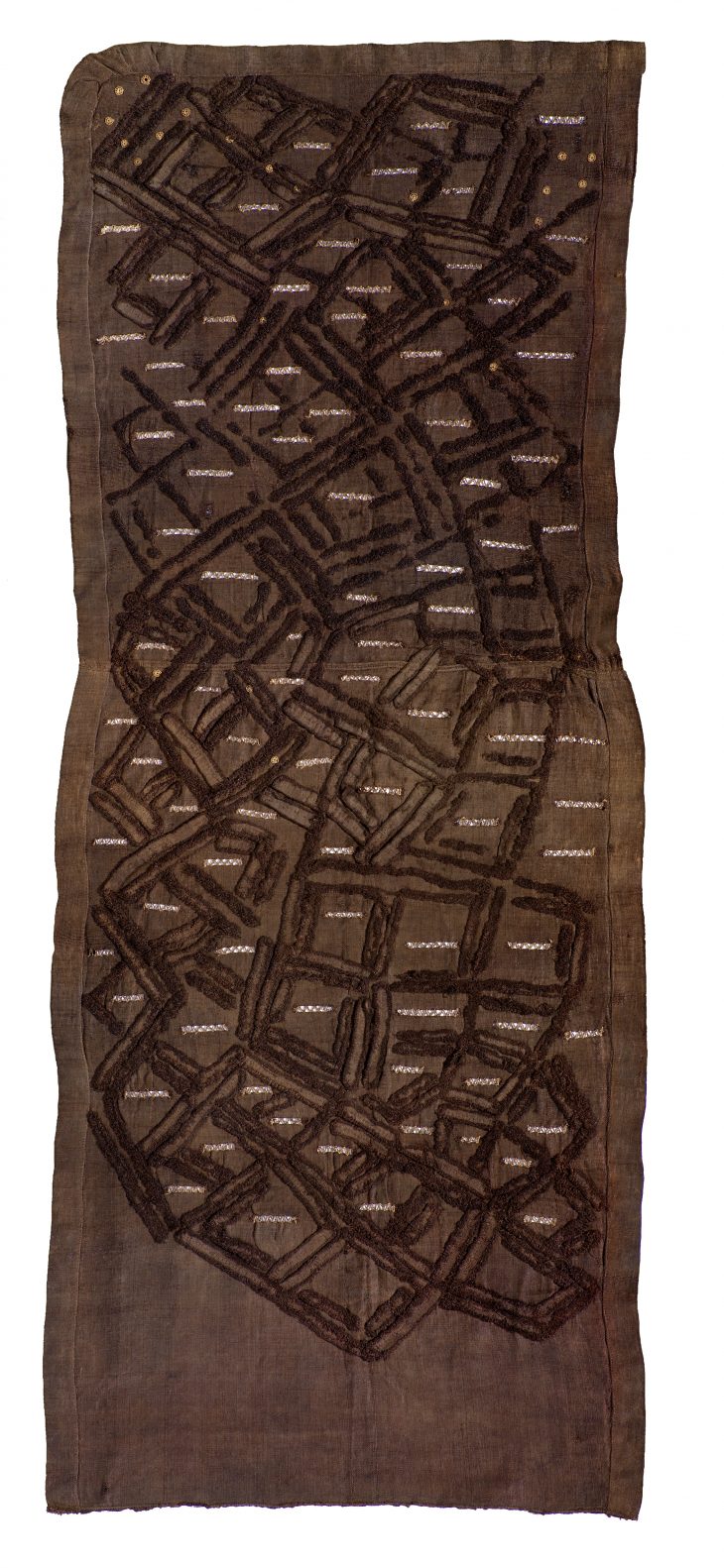
Overskirt (1931–50), Kuba, Congo, Kasai Province. Baltimore Museum of Art
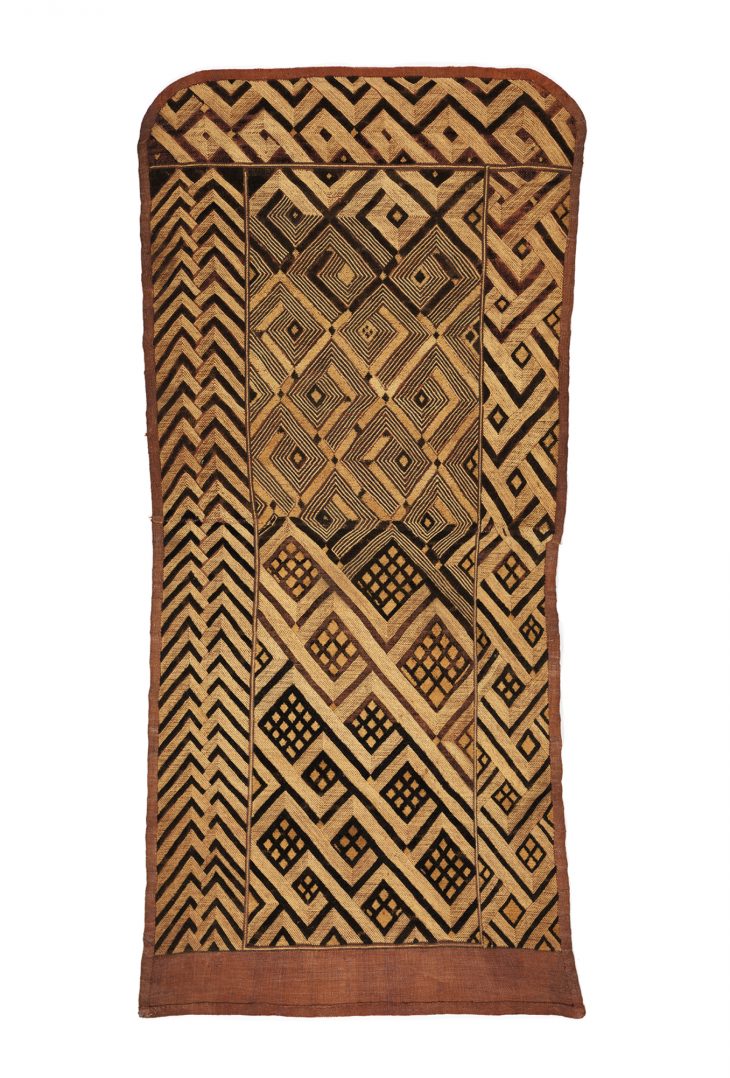
Overskirt (1931–50), Kuba, Congo, Kasai Province. Baltimore Museum of Art
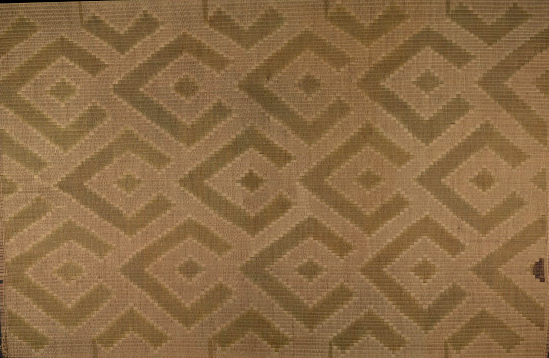
Prestige mat (mid 20th century), Kuba, Congo, Kasai Province. Baltimore Museum of Art



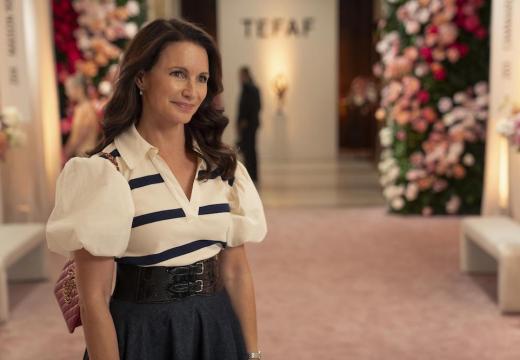
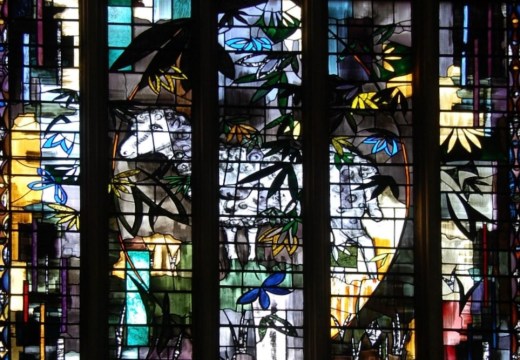
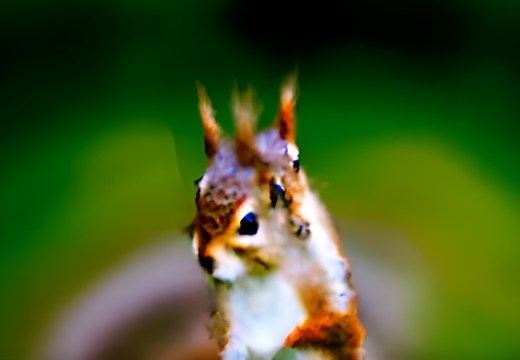

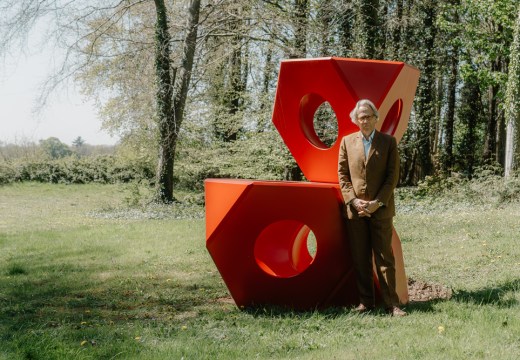

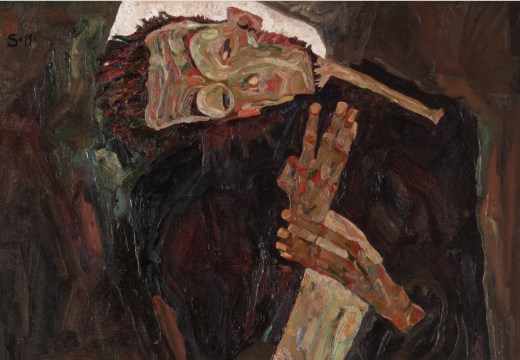

![Masterpiece [Re]discovery 2022. Photo: Ben Fisher Photography, courtesy of Masterpiece London](https://apollo-magazine.com/wp-content/uploads/2022/07/MPL2022_4263.jpg)
‘A revolutionary flame burned bright within him’: David Bindman (1940–2025)